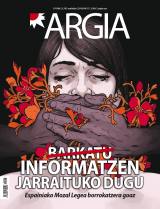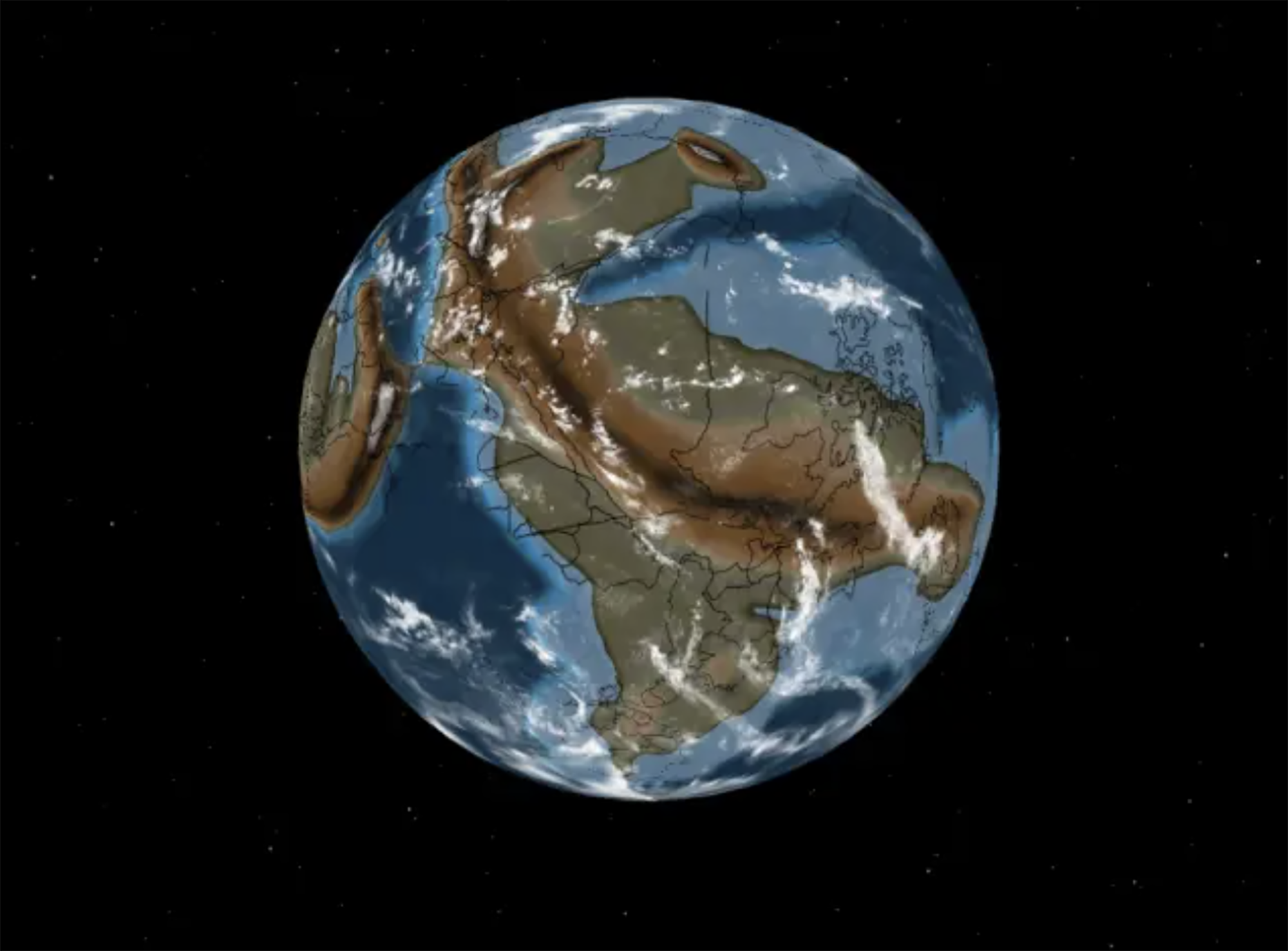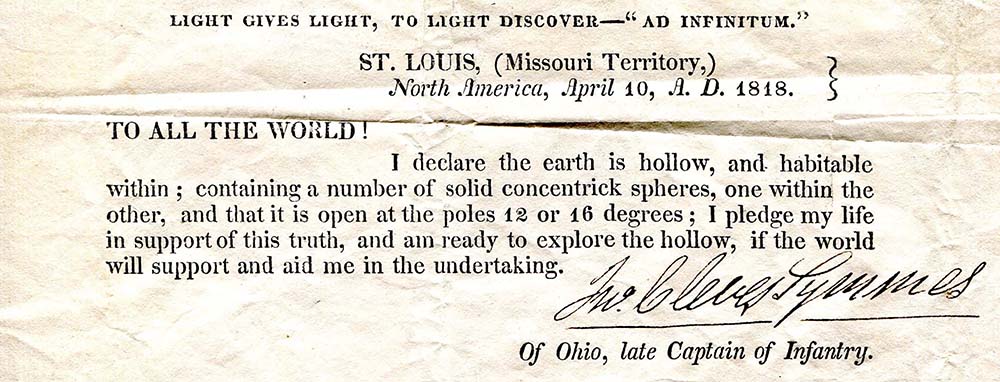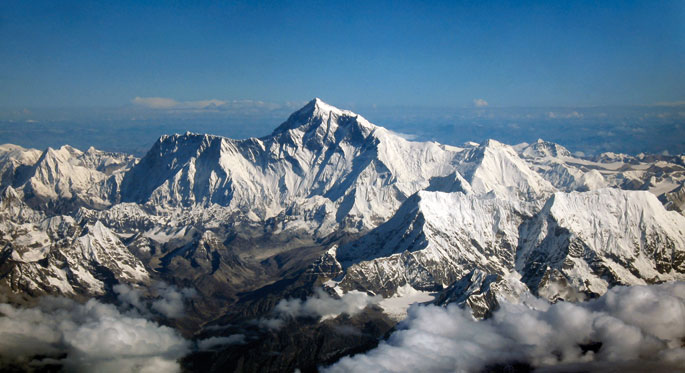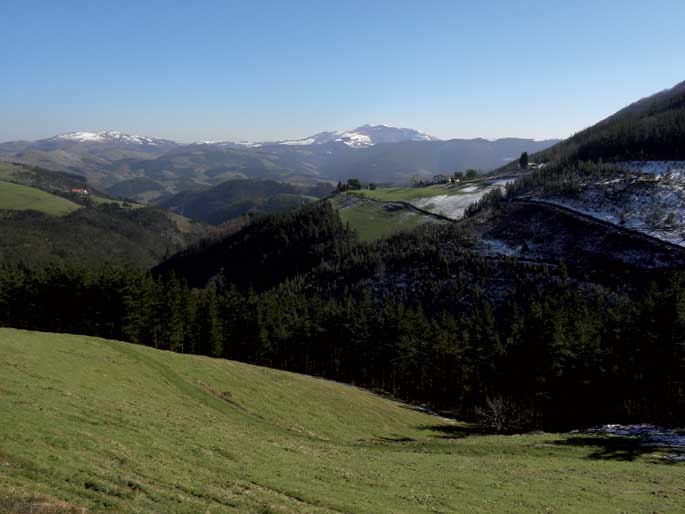“We are taking the planet out of its natural dynamics”
- The influence of human beings on our planet is so great that we are leaving a trail in the current sediments that will be the geological layers of the future. For this reason, some have proposed that the epocrat in which we live today be called Anthropocene. Before the International Stratigraphy Commission approves it, it has commissioned a group of scientists to collect evidence, in which bilbaíno Alejandro Cearreta, professor at the UPV, is working.
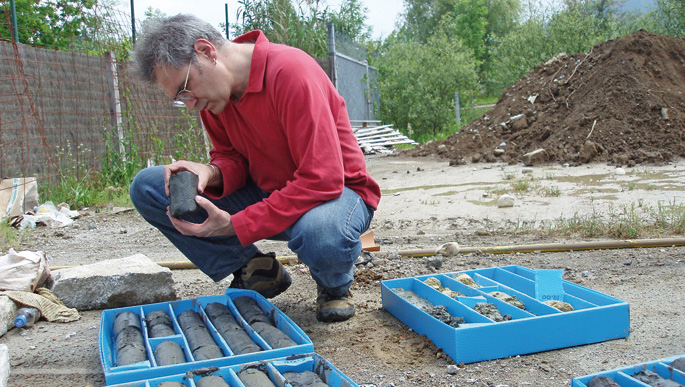
How did the fascination for fossils come about?
When I was a teenager, I spent the summers in Zuhatzu, Kuartango, Álava. Once, a friend of my parents taught me a piece of stone and explained that it was a fossilized sea urchin. The knowledge of fossils caused a huge explosion in my head: I found it a fascinating idea to see an animal alive for millions of years.
First apparent contradiction: science and passion.
Passion is an essential component. You will then develop the research using the scientific method, but this fascination is an essential stimulus.
Are you the ones who look at the stones when you go anywhere?
I certainly go to the beach, when I open the towel, I looked at the grains of sand. It's a professional deformation, but I'm convinced that botanicory does the same for plants.
Micropaleontology isn't that spectacular.
In museums there are spectacular samples: dinosaur bones, whale bones… But there are more numerous and easier to find: pollen grains, for example, are very small, but in the layers they are very easy to recognize and give us very detailed information, paleoenvironmental changes, changes in sea level...
Some scientists propose calling Antropozeno the current geological era, why?
As for fossils, we can define the eons, the ages and the epoks of the earth's past. Well, many researchers believe that right now humans are taking the planet out of its natural dynamics. The tests show a change sufficient to say that you have entered a time other than the Holocene. We propose to call that time Antropozeno.
What denounces the Anthropocene in layers?
For example, the presence of plastic, especially microscopic fragments, radioactive isotopes, cement, objects manufactured by us, washing machines, phones, dolls… They are millions and have spread throughout the world since the 1950s. Global distribution is essential if we are to call it a geological era.
We should be a little bit cooler, today.
Yes, in the past 800,000 years, the average number of glaciations and warm times has been 90,000 and 10,000 years, respectively. The Holocene, at 11,700 years old, has exceeded the average duration of the warm periods, which we should do at the beginning of the next glacier. But sometimes there have been somewhat longer interglacial intervals, which makes it doubtful that this long duration is natural.
Is it possible that we are equating this cooling with global warming?
Here's the problem: what's slowing down the cooling. Can gas warming be? Is it normal or consequence of humans? There are many interests for global warming and the Anthropocene not to be accepted, because accepting them would force us to rethink our way of life, the economic system and the sharing of wealth. But the struggle between supporters and opponents is political, not scientific.
Are you all supporters of calling Anthropocene in that group?
We all agree with the name of Antropozeno, but we do not share the starting point of it. In the group we are 32 people and most of us put the principle of the Anthropocene in the great acceleration that happened since 1950. Others put it in the Neolithic, when we started governing animals and plants.
What are the arguments of those who reject the concept of Anthropocene?
It did not originate from geology, but rather began to search for geological tests based on some observations. Was it a genius occurrence? Yes, but that doesn't detract from the concept. The line of other reproaches is that the political concept is more than scientific.
Can this prevent acceptance?
Yes, because scientists have been looking at the past so far, we were outside those times. This asks us about the time in which we live and generates some fear in the community of geologists, because the approval of the Anthropocene would force us to ask if it is acceptable... The concept will, of course, have political interpretations, but the current function is to scientifically determine its existence, based on geological tests.
Is there external interference?
The acceptance of anthropocene would affect economic interests. For example, oil producers. It is therefore a political competence, not a scientific one. What advantages does the starting point have in the Neolithic? For it would not call into question our conduct, placing responsibility on our forefathers. Others talk about a good Anthropocene, a great American think tank, which is driving the belief that it may be good. They note the positive effects of climate change, which we will be able to cultivate wheat in Alaska or Siberia… Others are very concerned about the disappearance of some Pacific islands. We must keep the scientific debate out of those interpretations.
“Bizi naizen lekua ulertzea interesatzen zait, eta itsas padurek asko esaten digute, azken 4.000 urteotan sortuak baitira, ozeanotik ura sartu ostean. Txipioko padura, Urdaibaikoa, oso suntsituta dagoen Bilbokoa... Kostaldea oso interesgarria da, azkar aldatzen da berez, baina gainera jende gehien bizi den ingurua da. Ondorioz azpiegiturak, industria, aisia... dena kostaldean jarriz gero, gatazka handiak sortzen dira. Kostaldean Antropozenoko material metaketa aurki dezakegu; jada, Getxoko Tunelboka eta Gorrondatxe aldean, bost metroko lodiera duen material berrien metaketa naturala gertatu da”.
Londres, 1692. Edmund Halley (1656-1742) astronomo, matematikari eta fisikariak, bere abizena daraman kometaren orbita kalkulatzeagatik ezaguna, Lur barnehutsaren kontzeptua proposatu zuen lehenengoz.
2015eko apirilaren 25ean Nepalen gertatu zen lurrikarak, herrialdea hankaz gora jartzeaz gain, lekuz aldatu ditu gauzak. Hala, Txinan lurrikarak aztertzen dituen erakunde baten arabera, Everest hiru zentimetro mugitu da hego-mendebalderantz. Datu hori ezagututa baten batek... [+]
Badakigu Euskal Kostaldeko Geoparkeko flyscha munduan bakarra dela. Baina flyscharen ospeak ez gaitzala itsutu, Geoparkearen barnealde karstikoak merezi du eta. Duela milioika urteko korala kareharri bihurtu eta ura kareharri hori moldekatuz joan da, bailara itxiak, erliebe... [+]
Zientzialariak eztabaidatzen ari dira ea Antropozenoan ote gauden, hau da, gizakion eraginaren ondoriozko garai geologiko berrian. Hasiera data ere proposatu dute: lehen bonba nuklearrak lehertu zirenekoa.









